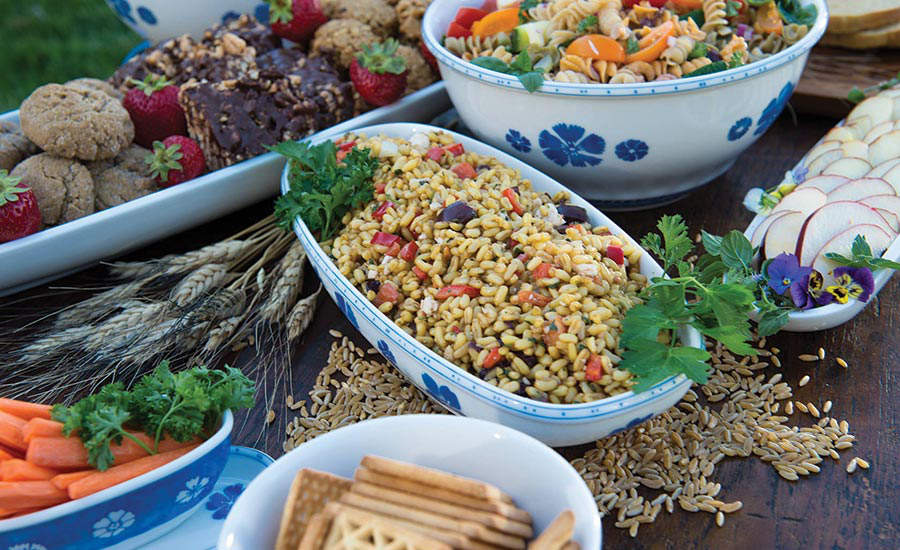As we enter 2018, it is a safe bet to declare Low-Carb officially dead. Starches, flours, and fibers are poised to generate much greater interest in food product development based on the continued emergence of novel sources and continued emphasis on sustainable, non-GMO, ancient/ heritage/ native/ non-traditional plants providing them.
This is underpinned by the continued strong consumer interest in healthier foods, and higher fiber intake. From a technical point of view, the three functional ingredient categories that will house this expansion are: sustainable pulse, root, and other plant flours as more nutritional options for bakery and other foods; the use of starches and flours in foods typically thickened by modified starches and hydrocolloids; and neutral tasting, low-viscosity soluble fibers for prepared foods and beverages.
Grandfather Clause
Although consumer interest in so-called "clean label" starches and flours had been focused primarily on ancient grains, wheat and non-GMO corn also have a place in the line-up. Any starches that are physically and/or enzymatically modified to improve functionality without any chemical modifications also can fit the category.
There has been an upsurge of consumer attraction to products made with less-traditional sources, not only legumes/pulses and heritage grains such as teff, millet, quinoa, chia and other seeds, but also roots, especially potatoes, sweet potatoes, and cassava/tapioca. Barley and sorghum, too, have been trending sharply upward.
Ingredients derived from these plants have made their way into mainstream formulations with surprising speed. This was driven in large part by the gluten-free movement and perception of such ingredients as healthier options.
Of all these, cassava/tapioca came on surprisingly strong in 2017. Expect its footprint to at least double in the next year or two.
Specific organoleptic aspects make those starches, flours, and fibers especially important and attractive to food and beverage product developers. They have neutral flavors or can impart highly desirable toasty and nutty flavor; they render a smooth mouthfeel in thickened products, (and low- or no-viscosity in RTD beverages); and provide strong compatibility in the selected food forms, allowing food manufacturers to maintain flavor, texture, and shelflife targets.
Further, starch in its native state exists as granules and thus can be physically modified or further isolated as very low viscosity soluble fractions. This allows for the development of a variety of ingredient functionalities that can be readily customized.
Wheat, corn, and rice will not disappear, of course, but in the coming years will find themselves sharing not only more territory but more room in individual formulations with the aforementioned ingredients. Undoubtedly, the future of the starch-flour-fiber category belongs to diversity. They work best in concert with other ingredients, creating a whole formulation that has advantages over those made with single-source starches, flours, and fibers. Sandwich bread has been the harbinger here. Think of the continuing botanical “arms race” for how many different types of seeds can be included in a single loaf.
This paradigm is only going to extend to a more common appearance of multiple flour sources in single formulations, a strategy already employed by makers of gluten-free baked products. The difference is, the sole focus of such products will be not on their lack of gluten but of their inclusion of specific ingredients for the flavor, texture, and other health benefits.
Originally appeared in the December, 2017 issue of Prepared Foods as Flour Power.



